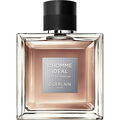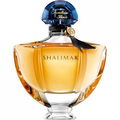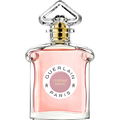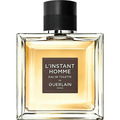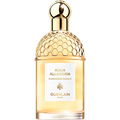07/15/2012

jtd
484 Reviews

jtd
Top Review
9
Bowel prep
Perfumery lore has it that Samsara contained 30% sandalwood oil when launched. It’s also part of perfumery’s body of common knowledge that Samsara’s sandalwood is long gone. Apparently early iterations of Samsara used this botanical sandalwood as well as botanical jasmine and had a wonderful vanilla note. There was certainly more to the composition than that, but these 3 elements defined Samsara’s shape.
Sandalwood has effectively been removed from the perfumer’s palette, and in Samsara’s case, it’s been replaced by polysantol (more from perfumery lore), a powerful synthetic. Perhaps a lush, botanically derived jasmine might have been overmatched by the polysantol, but it appears that a jasmine-analogue of equal volume and shrillness to the synthetic sandalwood is employed as well. I imagine the vanilla in the early Samsara versions would have complemented the creamy tartness of true sandalwood. In the current Samsara the shriek of the polysantol combined with the vanilla gives us a new, sick-making gourmand note: butterscotch vomit.
Samsara is for me what Secretions Magnifiques is to its detractors.
When powerful aromachemicals are used in largely synthetic perfumes, imbalanced accords and compositions carry greater risks. For better or for worse, when aromachemicals are particularly strong, their effects are a leveraged increase in punch, sillage, durability. If the accords made with these strong chemicals are imbalanced (read: unappealing) the negatives will be leveraged as well. Whereas a haphazard mix of botanicals will likely read as muddy, Samsara’s polysantol-based composition is both horrifying in its gear-grinding volume and nauseating. Samsara creates a perfume sub-genre: the rancid gourmand.
Sandalwood has effectively been removed from the perfumer’s palette, and in Samsara’s case, it’s been replaced by polysantol (more from perfumery lore), a powerful synthetic. Perhaps a lush, botanically derived jasmine might have been overmatched by the polysantol, but it appears that a jasmine-analogue of equal volume and shrillness to the synthetic sandalwood is employed as well. I imagine the vanilla in the early Samsara versions would have complemented the creamy tartness of true sandalwood. In the current Samsara the shriek of the polysantol combined with the vanilla gives us a new, sick-making gourmand note: butterscotch vomit.
Samsara is for me what Secretions Magnifiques is to its detractors.
When powerful aromachemicals are used in largely synthetic perfumes, imbalanced accords and compositions carry greater risks. For better or for worse, when aromachemicals are particularly strong, their effects are a leveraged increase in punch, sillage, durability. If the accords made with these strong chemicals are imbalanced (read: unappealing) the negatives will be leveraged as well. Whereas a haphazard mix of botanicals will likely read as muddy, Samsara’s polysantol-based composition is both horrifying in its gear-grinding volume and nauseating. Samsara creates a perfume sub-genre: the rancid gourmand.
2 Comments











 Top Notes
Top Notes  Ylang-ylang
Ylang-ylang Green notes
Green notes Peach
Peach Bergamot
Bergamot Lemon
Lemon Heart Notes
Heart Notes  Carnation
Carnation Jasmine
Jasmine Narcissus
Narcissus Orris root
Orris root Rose
Rose Violet
Violet Base Notes
Base Notes  Sandalwood
Sandalwood Tonka bean
Tonka bean Vanilla
Vanilla Amber
Amber Iris
Iris Musk
Musk







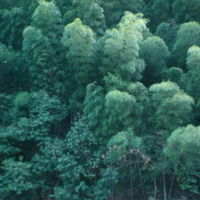





 Ringtale
Ringtale TheDunkPapa
TheDunkPapa JayNay
JayNay Mizywa
Mizywa Rjudge
Rjudge Zowie
Zowie Akira1005
Akira1005 Satago
Satago Mariyam1975
Mariyam1975 Elijahrb67
Elijahrb67